The cooling towers of a nuclear power plant instead of castle bastions, or highly mechanised production lines instead of ski slopes: Slovakia offers some special options for technology geeks or those who are simply curious about how cars or electric power are produced.
Several companies have opened their doors to tourists, offering visitors insight into their plant’s history and technologies.
“My brother works here, and he was talking so much about this firm that I wanted to see it with my very own eyes,” said Mária Depešová, 28, when describing her motivation for visiting carmaker Volkswagen Slovakia in Bratislava.
What's inside Volskwagen Slovakia?
After getting special headphones for both noise protection and to hear the guide when the tour makes its way directly through production halls during working hours, the mechanically-inclined can observe selected parts of the Bratislava-based Volkswagen’s body shop, as well as production and press halls. Visitors can directly watch workers create what will be a future car.
Industrial tourism in Slovakia
The company also organises special Think Blue. Factory. tours, which focus on environment-driven technologies.
Another option for visitors is a special drive with an electric car or a drive on an off-road course. For the off-road, the company uses specially modified vehicle at a track which simulates various tough terrains, from a wooden roadway, through sand, water and steps, to hills at various gradients. Visitors can either travel as a passenger or take a turn behind the wheel with the help of an instructor.
The carmaker also opens its gates during the Night of Galleries and Museums, an event held each May. The plant also exhibits the car models it is making on the site.
Martina Koronská, 42, a mother of two, visited Volkswagen with her whole family. She said that one reason they came was that her husband is an engineer and interested in car production, but that they also just wanted to show their children something new.
“In this world, it is good to go somewhere with a family, especially if you have children,” Koronská said.
Learning how Slovakia is powered
Slovenské elektrárne is the country’s largest electricity producer and offers visits in various types of power plants. The nuclear power plants in Jaslovské Bohunice and Mochovce, thermal power plants in Nováky and Vojany, and water power plants placed across the country are included. In 2013, some 21,000 people visited these premises, said company spokeswoman Jana Burdová.
The tours usually start in the information centres, where the visitors hear highlights of the history and present work of the complex. Visitors then view some selected parts of the respective plant.
The information centre in Jaslovské Bohunice houses the model of the whole complex, a model of nuclear reactor, fuel cells and pumps, and posters showing how the electricity is actually produced. Though the texts are only in Slovak, a tour guide can usually translate them into English. On this tour, visitors continue to the V2 reactors by bus. After passing through several control gates, they get a helmet, glasses and ear protection and go to the engine room to see the machines in action, and the control room, to see the work of controllers who supervise the operations.
“There are not many choices in Slovakia,” said Miroslava Vandlíčková, teacher at the Žilina University, who was at the power plant with students who specialise in fire engineering.
She explained that the university arranges several visits to the plant, as it offers a good explanation of how electricity production works. Dušana Hrušková, a student, was impressed by the control room. Compared to her first visit, when she saw an out-of-use reactor, this was better, as she could see what the employees are actually doing, she said.
Slovenské elektrárne also organises a so-called Open Plant Day for the broader public. The tour over the premises is accompanied by cultural attractions and various competitions focused on families with children, Burdová said.
In Jaslovské Bohunice, the Open Plant Day is held in cooperation with the village. Visitors, who must reserve the tour in advance, gather in a bus which takes them to the plant and drives around the complex. Firefighters who work at the nuclear power plant demonstrate their technology and what they do.
Breweries in Slovakia open their doors
While beer tourism is just on the rise in Slovakia, there are several places, where Slovaks can have a closer look how beer is brewed. One of them is in Vyhne, where the local brewery Steiger has been brewing beer for over 540 years, making it the oldest running brewery in Slovakia. Visitors are led through production, bottling and storage premises and are informed about the production technology.
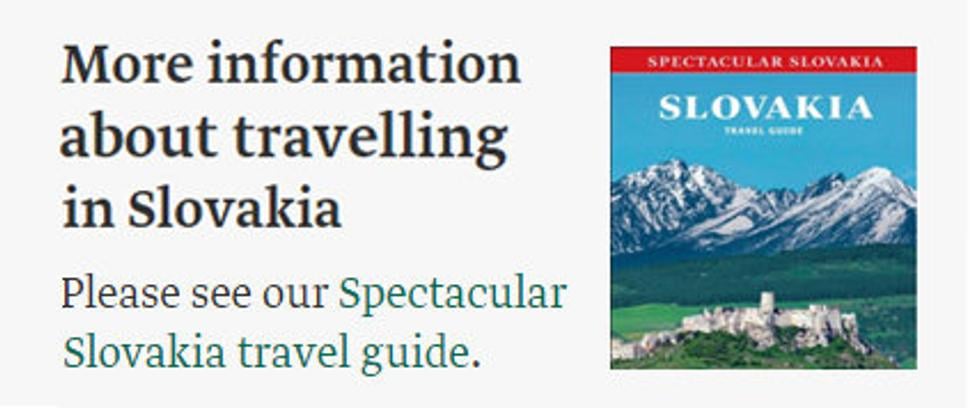
At Steiger the beer is still being brewed by the classical technology, in contrast to large breweries which use a more industrialised approach. Steiger uses traditional ingredients for brewing beer and ferment in two phases, first in open tanks and then in tanks in cooled cellars. Tours end in the brewery’s shop, where visitors can either taste or buy beer or radlers - beer mixed with a soft drink, which has become popular in Slovakia.
Heineken Slovensko, a member of the Heineken group and one of the biggest beer producers in Slovakia, takes a different approach when it hosts visitors at its plant in Hurbanovo during its Open Day in September.
Industrial tourism in Slovakia
Power plants
Slovenské elektrárne, www.seas.sk
Visits must be booked one month in advance. Minimum size of group: 10 people. Age requirement for nuclear power plant: 18 years. Tours in Sk, E. Visits in various plants available at www.seas.sk/map: click on the facility you are interested in and follow the instructions to arrange a visit or send e-mail to the infoseas@enel.com.
Selected power plants
Nuclear power plant (NPP)
Hydroelectric power plant (HPP)
Thermal power plant (TPP)
W Jaslovské Bohunice – NPP
W Trenčín – HPP
W Mochovce – NPP
W Gabčíkovo – HPP
W Vodná nádrž Nosice (dam) – HPP
W Nováky – TPP
W Kráľová – HPP
N Vodná nádrž Liptovská Mara (dam) – HPP
N Vodná nádrž Oravská priehrada (dam) – HPP
N Mikšová – HPP
N Krpeľany – HPP
N Vodná nádrž Čierny Váh (dam) – HPP
E Dobšiná – HPP
E Ružín – HPP
E Vodná nádrž Domaša (dam) – HPP
E Vojany – TPP
Car plants
B Bratislava: Volkswagen Slovakia, www.volkswagen.sk
Visits must be arranged at least one day in advance via phone or email: visit@volkswagen.sk; solid boots required). Group size: 5-15 people. Age requirement: 12. Tours in Sk, G, E.
N Žilina: Kia Motor Slovakia, www.kia.sk
Kia Motors Slovakia organises the tours primarily for its business partners and suppliers, but also for students from secondary vocational schools and universities from Slovakia and neighbouring countries. Tours in Sk, E
Brewery
C Vyhne: Pivovar Steiger, www.steiger.sk
Booking necessary
Paper mill
N Ružomberok: Mondi SCP, www.mondigroup.com/sk
Two tours per month based on demand (booking necessary at www.mondigroup.com/scp). Payment for transport around the company by bus required. Tours in Sk, E. Group size: up to 20 people. Age requirement: 14.



 Visitors get a chance to observe how a car is made. (source: Courtesy of Volkswagen Slovakia)
Visitors get a chance to observe how a car is made. (source: Courtesy of Volkswagen Slovakia)
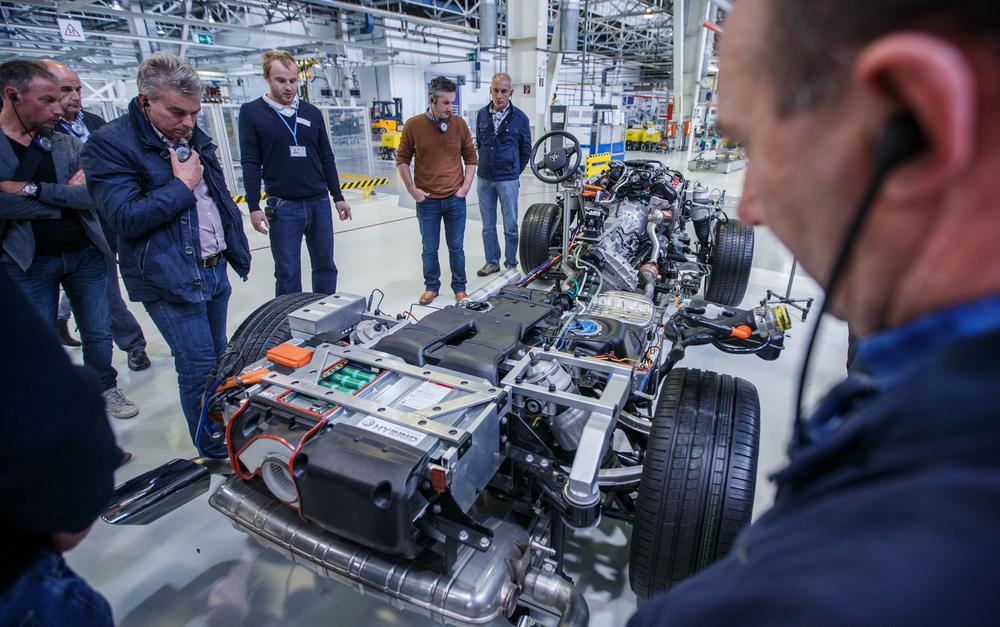 A tour at Volkswagen Slovakia. (source: SME)
A tour at Volkswagen Slovakia. (source: SME)
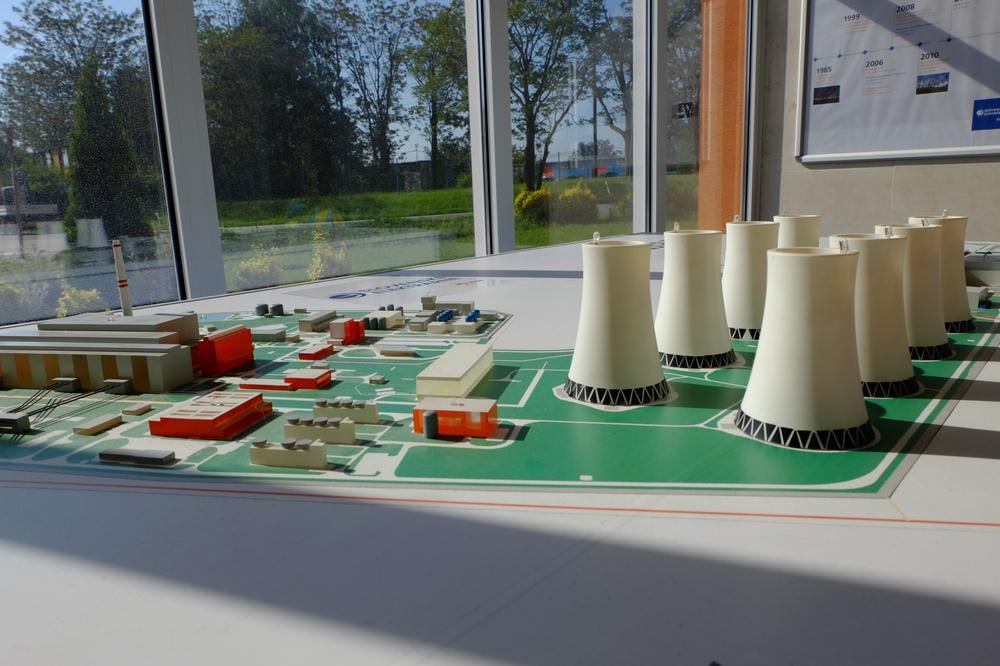 A nuclear power station model in Jaslovské Bohunice (source: Radka Minarechová)
A nuclear power station model in Jaslovské Bohunice (source: Radka Minarechová)
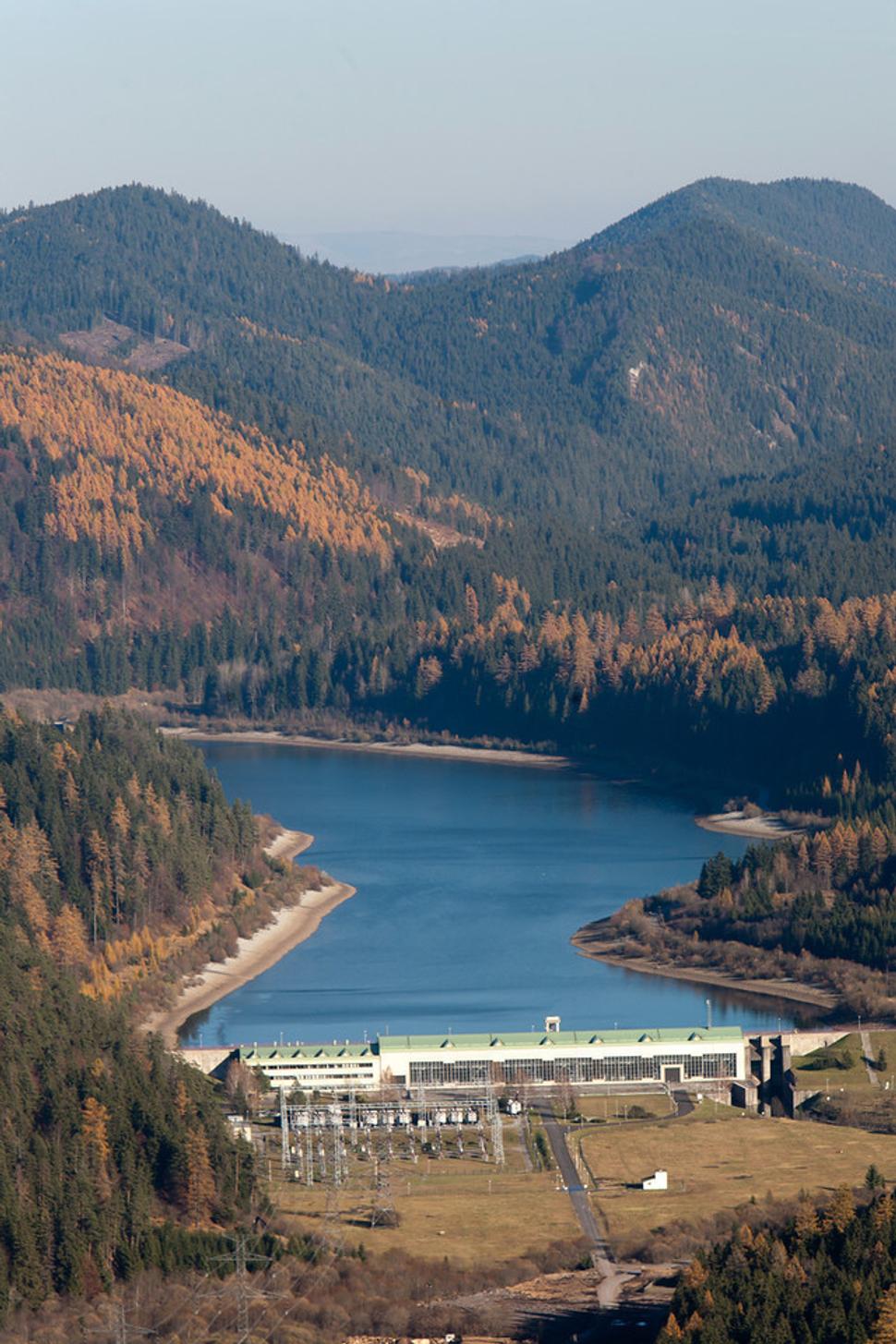 Hydro-power station Čierny Váh (source: Courtesy of Slovenské elektrárne)
Hydro-power station Čierny Váh (source: Courtesy of Slovenské elektrárne)
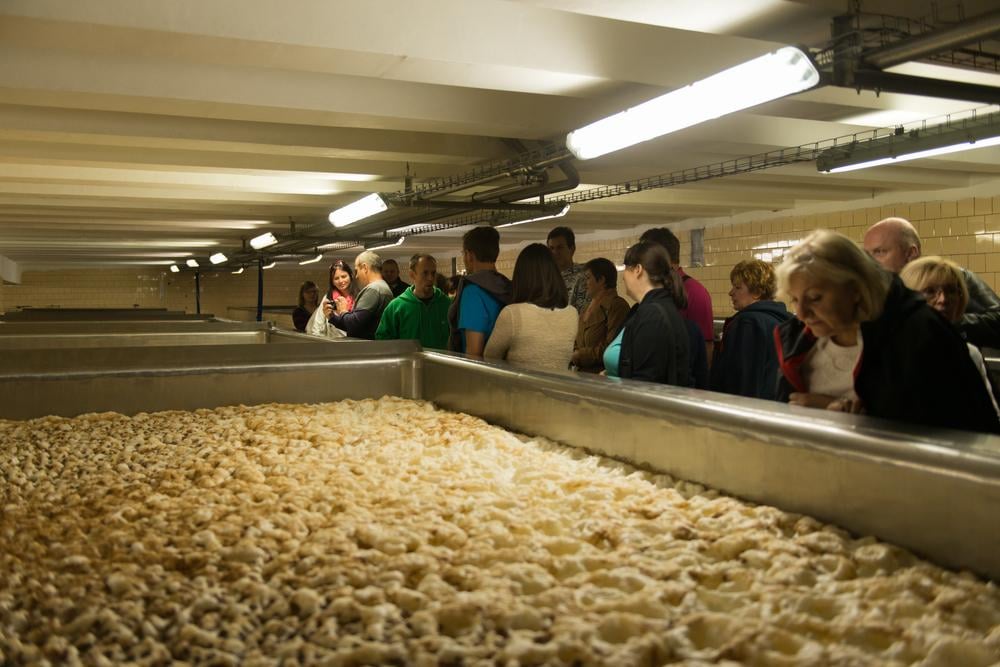 Fermentation of beer in open tanks. (source: Jana Liptáková)
Fermentation of beer in open tanks. (source: Jana Liptáková)
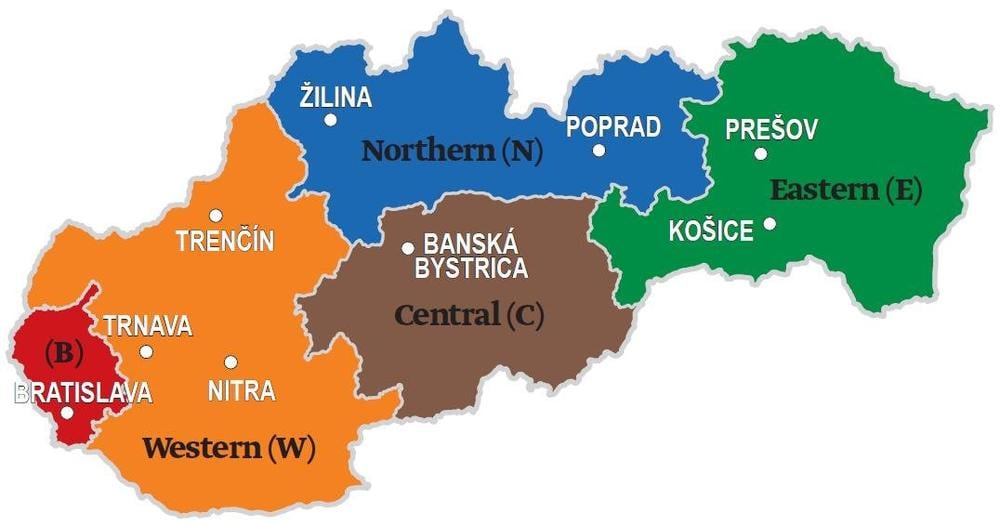 (source: Spectacular Slovakia)
(source: Spectacular Slovakia)